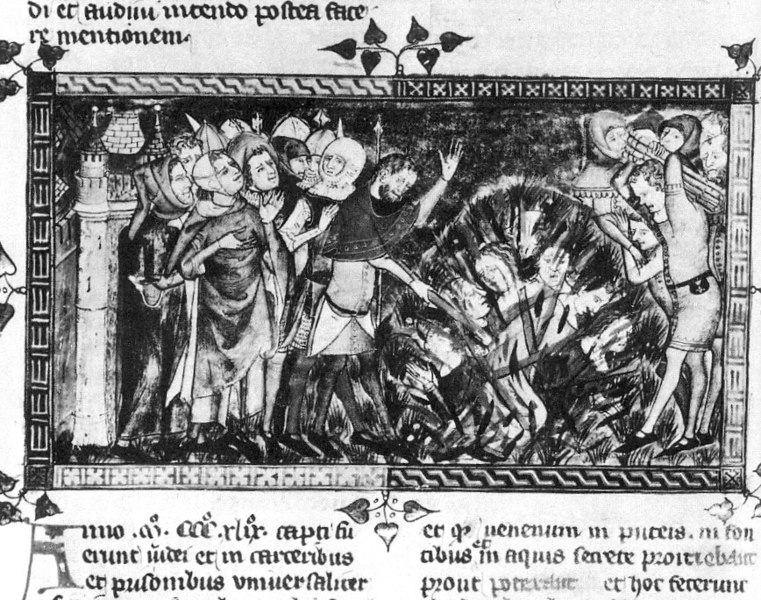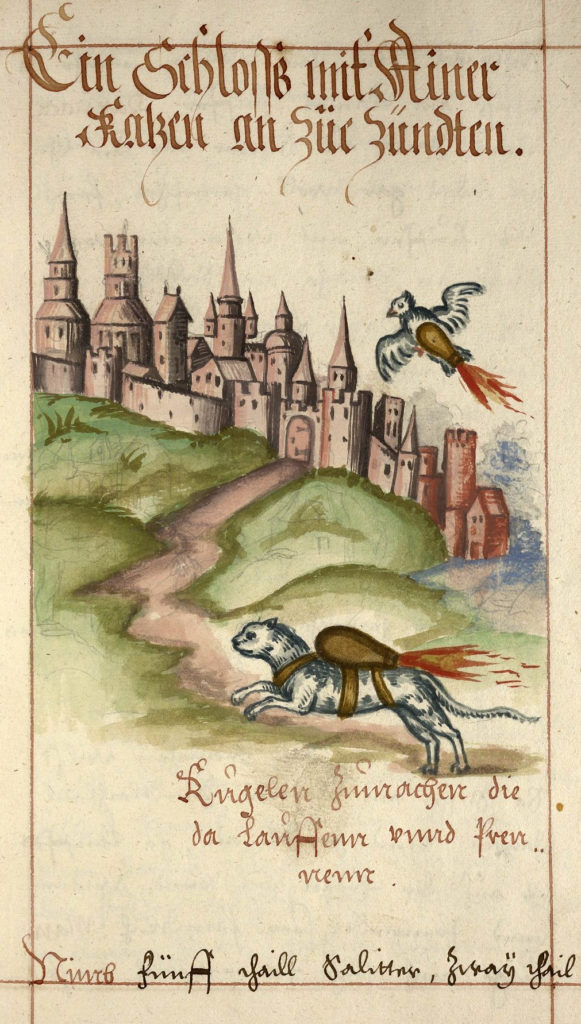What could be the most effective way of stopping the enemy forces decided to surround your town or castle and cut off your essential supplies in hopes that you would surrender? Hold off and wait for external help? Try to create a secret passage for the supplies to come through? Fight back and hope to kill enough of them until they retreat? Those were not all wrong, but there were those from ancient times who decided to choose unique and unusual ways to end a siege.
Catapulting Diseased Corpses
It was pretty common knowledge that castles would use hot sand and dump them on their attackers below to stop them. For instance, the city of Tyre was once besieged by Alexander the Great in 332 BC, so their defenders heated fine sand until it was glowing red, poured it onto the attackers below, and watched how the enemies panicked as they tried to get out of their burning clothes and hot armor.

The Mongols, however, had a slightly different idea. In 1346, they attacked the Crimean city of Caffa and started a long siege. They set up a camp near the base of their operations as they waited for Caffa to surrender. The camp was filled with unhygienic troops and rotten leftovers, and disease was everywhere. Eventually, the Mongols began suffering from the Black Death(plague), and many of their troops in the camp were dying from it. Instead of retreating, the Mongols, known to be fierce fighters, decided to take advantage and seeing a silver lining in their own misfortune. As related in the narrative of Gabriele de’ Mussi on the siege,
The dying Tartars, stunned and stupefied by the immensity of the disaster brought about by the disease, and realizing that they had no hope of escape, lost interest in the siege. But they ordered corpses to be placed in catapults and lobbed into the city in the hope that the intolerable stench would kill everyone inside. What seemed like mountains of dead were thrown into the city, and the Christians could not hide or flee or escape from them, although they dumped as many of the bodies as they could in the sea. And soon the rotting corpses tainted the air and poisoned the water supply, and the stench was so overwhelming that hardly one in several thousand was in a position to flee the remains of the Tartar army. Moreover one infected man could carry the poison to others, and infect people and places with the disease by look alone. No one knew, or could discover, a means of defense.
Advertisement
Fighting off Vikings with Beer and Bees
In c. 907, the Vikings attacked the English town of Chester, and the defenders hurled down boulders to crush them like bugs. In response, the Vikings carried with them log shelters as they made their way to the walls to begin digging under them. Seeing this, the Chesters gathered all the beer in the town and boiled it in large cauldrons. They then poured them onto the besiegers, burning off their skins. To repel the hot beer from seeping through the gaps of their shelters, the Vikings then covered their shelters with animal hides.
So back to the drawing boards.
In what seemed like an endless exchange of tactics, the people of Chester then gathered their most aggressive soldiers: Bees. They collected all the beehives in town and dropped them on top of the besiegers scattering them instantly, The bees then took up residence in the now beer-soaked shelters to begin new hives.
Thankfully, this stopped them, and they decided to give up the city and left instead.
Incendiary Cats
In the 16th century, at a time when animal cruelty was not a crime yet, artilleryman Franz Helm from Cologne, who was said to be one of those who fought against the Turks in south-central Europe, wrote a book on munitions, weapons, and artillery. In his book, he wrote in detail how they could use cats and cause havoc in a defensive system or town that they would perhaps want to besiege. He wrote,
Create a small sack like a fire-arrow. If you would like to get at a town or castle, seek to obtain a cat from that place. And bind the sack to the back of the cat, ignite it, let it glow well and thereafter let the cat go, so it runs to the nearest castle or town, and out of fear it thinks to hide itself where it ends up in barn hay or straw it will be ignited.

We’re not sure if the plan was ever done, but it looked like Helm had not owned a cat. Otherwise, he should have known that it was a terrible idea that would more likely set your own camp on fire.










COMMENTS
You must become a subscriber or login to view or post comments on this article.